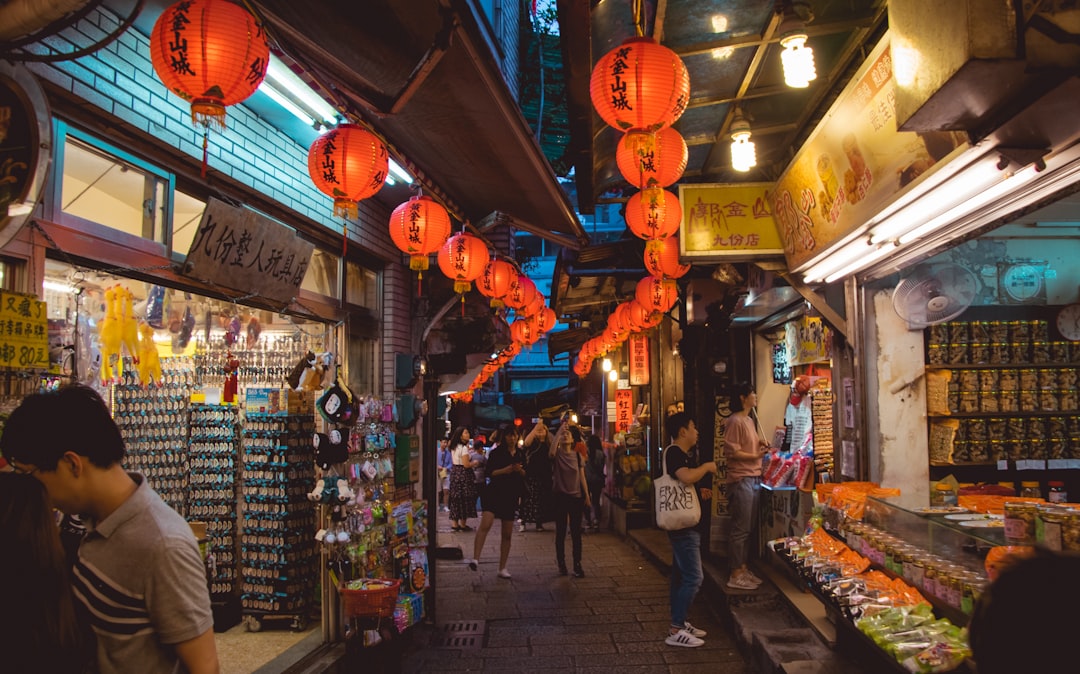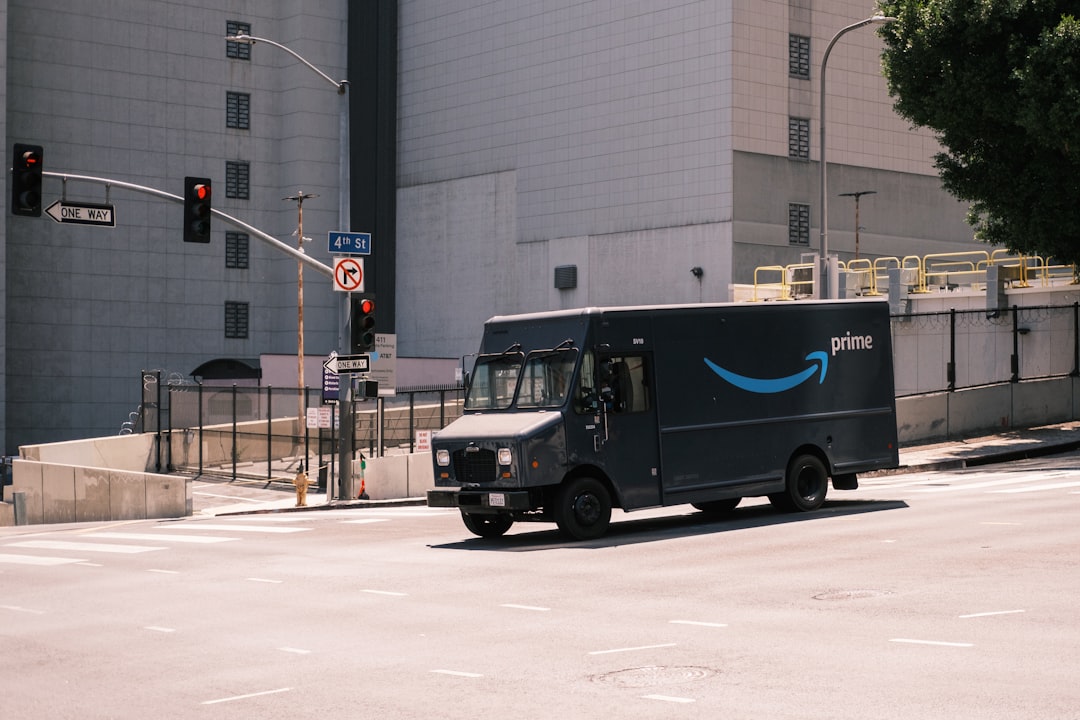In today’s times, Amazon has become the ‘it’ platform to generate passive income. Well, not just passive, but active as well. While starting your journey as an Amazon Seller, you will come across many terms that are generally used in this field. No one was there to tell us, but we are here for you.
We have compiled a list of words for you that you would be using while selling on Amazon. Knowing these terms will automatically help you understand the way the whole system of Amazon works as a seller and, will give you a head start.
Fulfilment by Amazon: Also called FBA, it is a service by Amazon where you can outsource shipping to the E-commerce website. Under this, it is Amazon that will store, pick, pack, ship and deliver your product to the consumer. Moreover, Amazon will handle customer service and returns for those orders.
Fulfilment by Merchant: Also known as FBM, under this, the entire process from storing to shipping to packaging is taken care of by the seller himself or herself. The seller here doesn’t have to pay any service fee to Amazon, as the seller will use their resources to sell their products to the customers.
Pay-per-click: Amazon PPC or Amazon Pay Per Click is basically an advertising tool Amazon gives to its third party seller. The concept behind this platform is to allow sellers to make and run promotional campaigns for their products and every time any potential customer clicks and checks out the product, Amazon charges for the same. This amount is not very huge, making it affordable for a wide range of sellers. This is a very effective and efficient marketing strategy because whenever Amazon is searched or looked up for any product, the diversity is huge. In such cases, promotional campaigns not only create a positive image but also put the customer in a state of dilemma whether to go for a normal product or to buy the one being promoted upfront by Amazon. Amazon pay per click is very valuable and it really helps businesses to scale up.
This is a both way stream. The way it helps the product seller to promote and advertise the products for business growth, it also helps the customers to reach the right content they are looking for. Advertising products can be high on returns since there are thousands of sellers put there and as a reason pay per click method allows the business to reach out to more and more potential customers while they come on Amazon. The calculation for sellers to understand how much they should spend for advertisement is also necessary. Amazon pay per click has an assured return value. So here, they can follow the 90/10 rule. This means that on 100℅ revenue, 10% can be spent on Amazon pay per click advertisement and this will yield back the revenue which will cover the advertisement cost as well. Amazon pay per click has been beneficial to a lot of business owners due to it's grown market value and businesses opt for it without any second thoughts.
RoAS: It's the abbreviation for Return on Advertising Spend. While scrolling for your preferred product, you will come across quite a few sponsored products—mostly on top of the list. This method employed by sellers boosts the sale of their product, improves visibility and enhances the product ranking. RoAS calculates the revenue generated against every dollar spent on advertising. This helps in assessing the effectiveness of their advertising strategy. Furthermore, the ratio aids in deciding whether the campaign was a success or whether a new strategy needs to be devised.
ACoS: This is the advertising cost of sale. In simple words, it's the percentage of each sale that you pay for advertising to make that sale. The lower the ACoS, the more effective your advertising campaign and, the higher will be your profit margins. The seller must strive to get the ACoS as low as possible. This metric can be used to assess the efficacy of your strategy and keyword selection. On average, ACoS is between 25-40%.
Drop-shipping: This specific term is for FBM. The drop-shipping business acts as an intermediary between the supplier and the buyer. This further reduces the transport cost for the seller. Drop-shippers do not have any stock of their own, unlike the retailers, and are solely concerned with shipping the products from one place to the other.
Product Listing: It's the most important point in this list. Product Listing is a product page catering to the introduction of the product, related products and questions related to the product. The listing involves all the information that one could find related to the concerned product. Optimized product listing will increase the product ranking, which will in turn increase the traffic to your page. An optimized product listing will also help in securing orders on a larger scale.
Amazon A9 Algorithm: Now known as the A10 algorithm after updates, it is the set of codes that decide the ranking of products on search results. Comparing the listings to the client’s search query shows the most relevant products on the first page of search results. There are a few criteria on which the ranking happens:
Sales History
Keyword Relevancy
Price
Stock availability
Amazon, with every update, is more and more relying on consumer behaviour which, includes their purchasing history. The more sales a particular seller does, the higher will be its ranking.
Amazon Brand Registry: It's a programme by Amazon that will legitimize your brand in the Amazon database. With this programme, your intellectual property will be protected, and the listings can be managed much more easily. Enrolling your brand in the programme will give you access to lucrative marketing tools and, eliminate fakes from the website.
Amazon Vine Programme: It's an invite-only programme by Amazon, wherein the most insightful reviewers are selected to be the Vine voices for the Amazon store. Here, Vine Voices can choose from a list of sellers to order a product from and write an unbiased review on it. The review can be either positive, negative, or even neutral. Sellers can join the Vine programme, wherein their products will be sent to the reviewers to be reviewed. No monetary compensation is there – neither for the Vine voices nor for the sellers.








